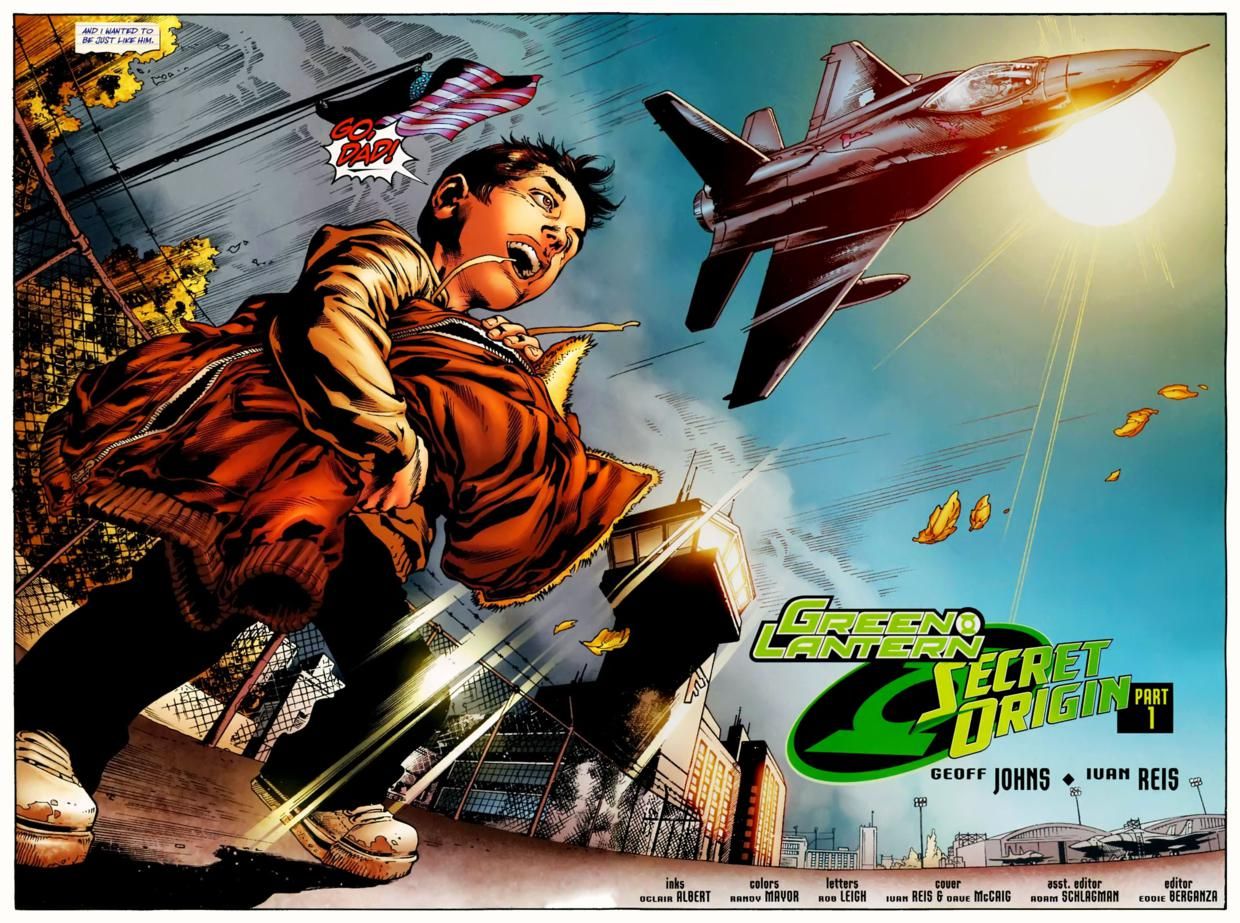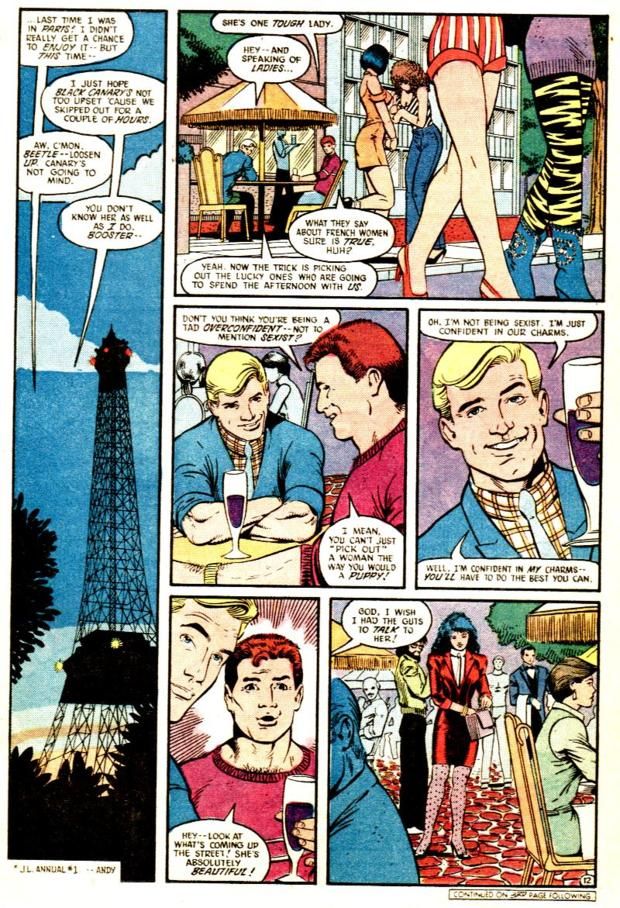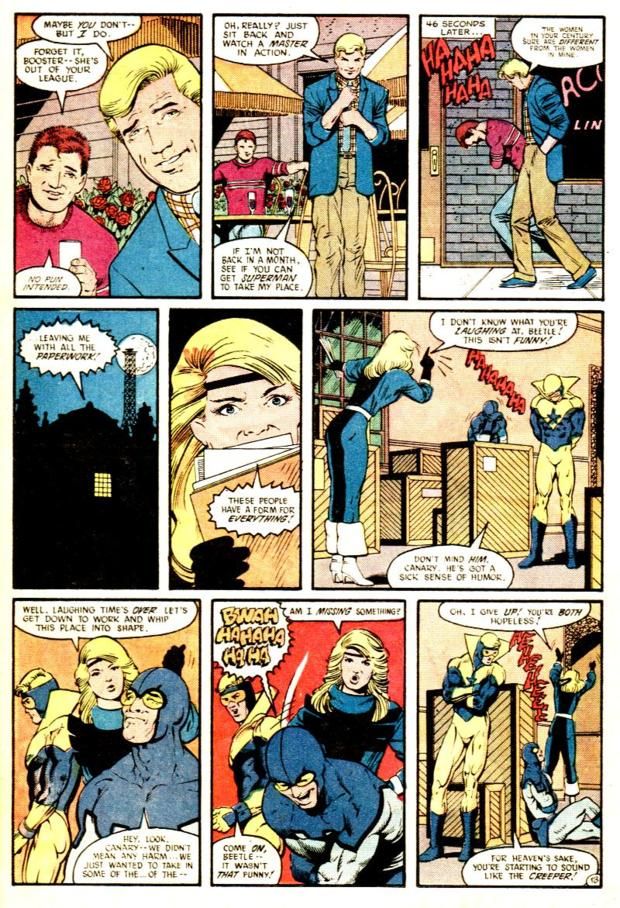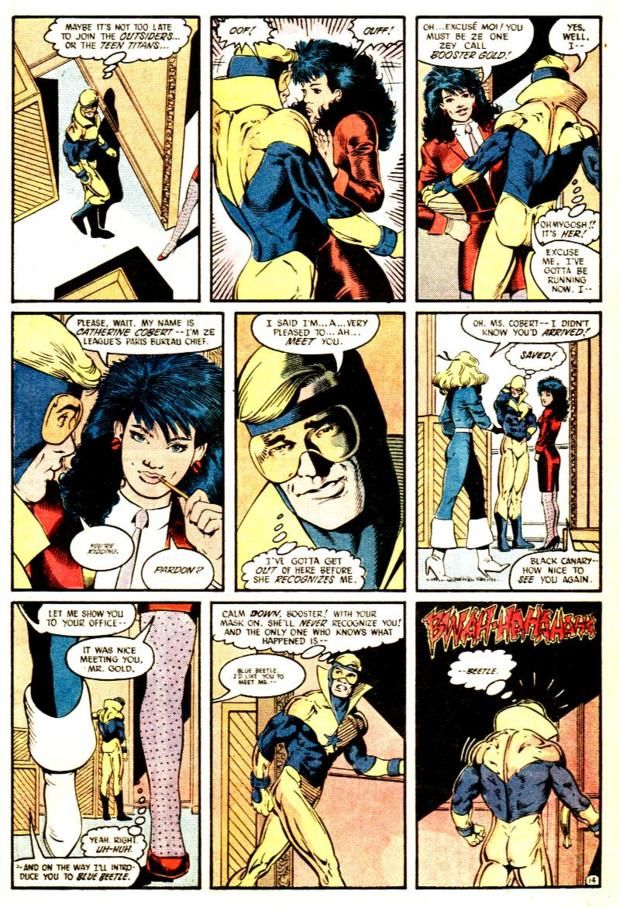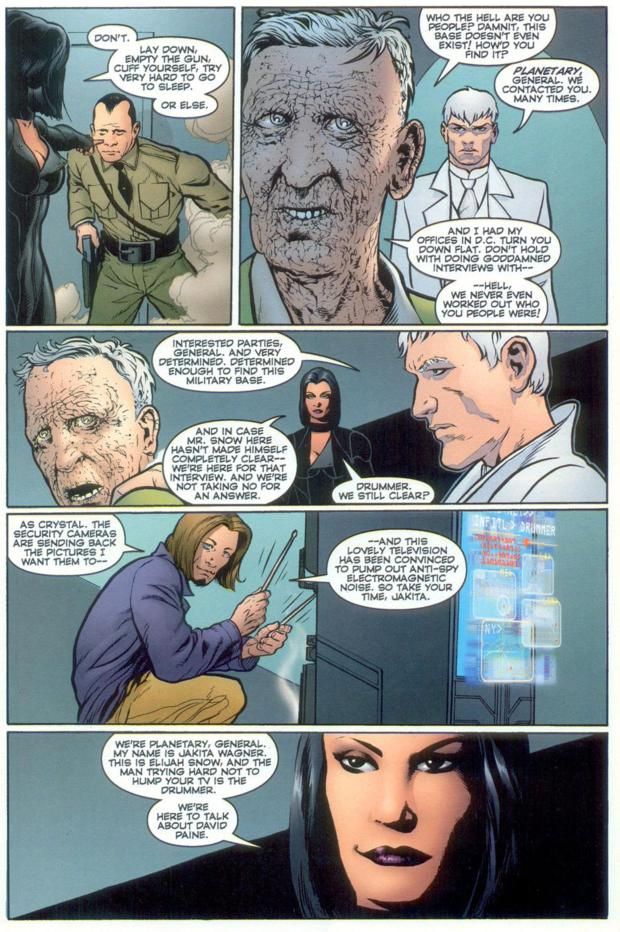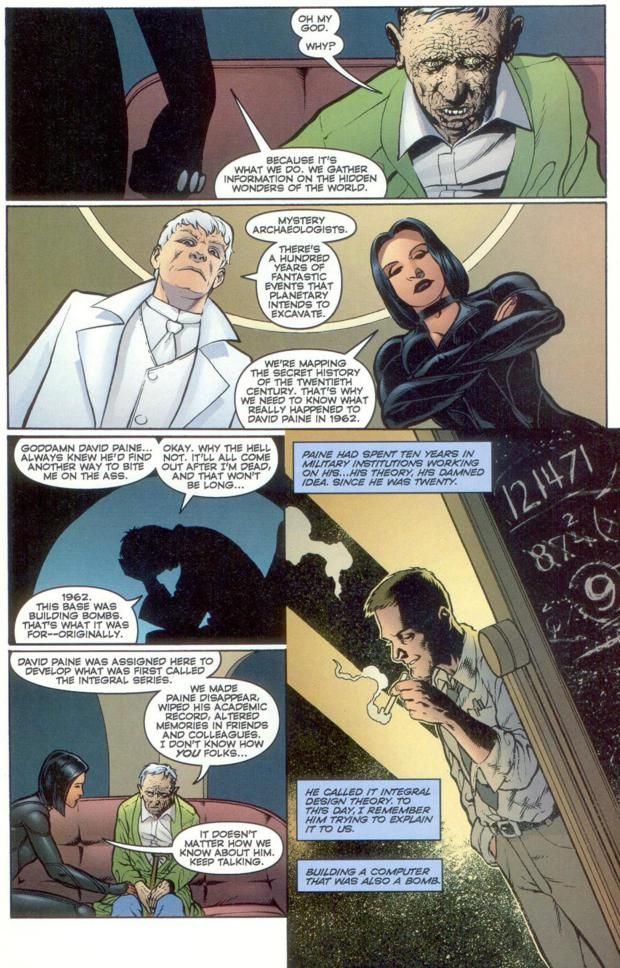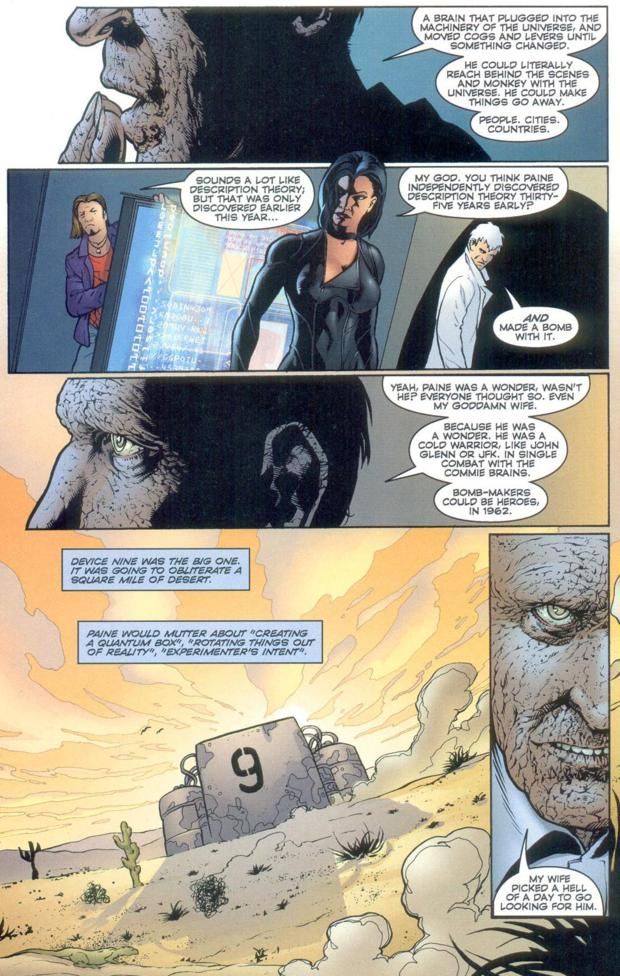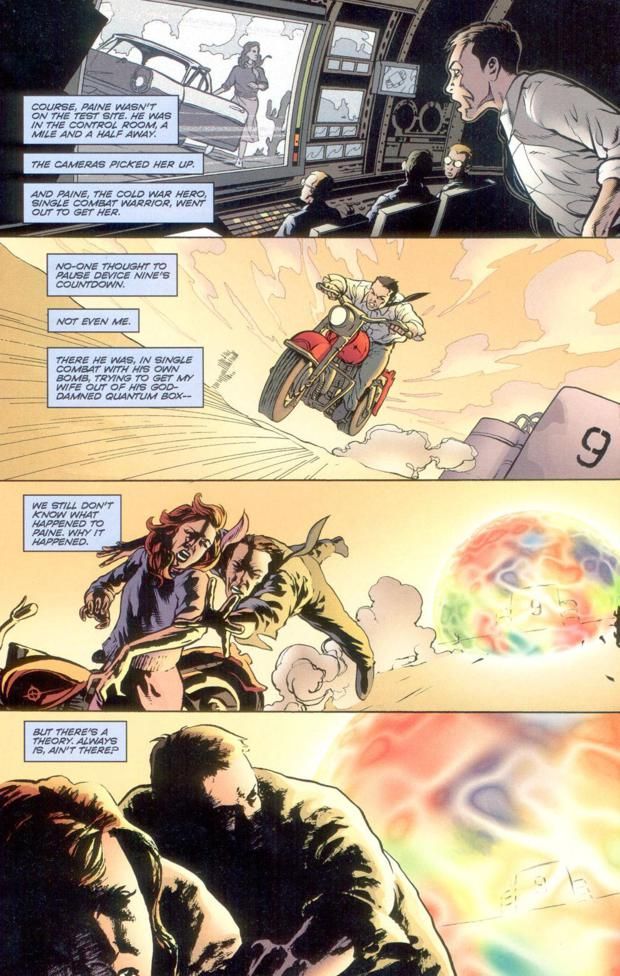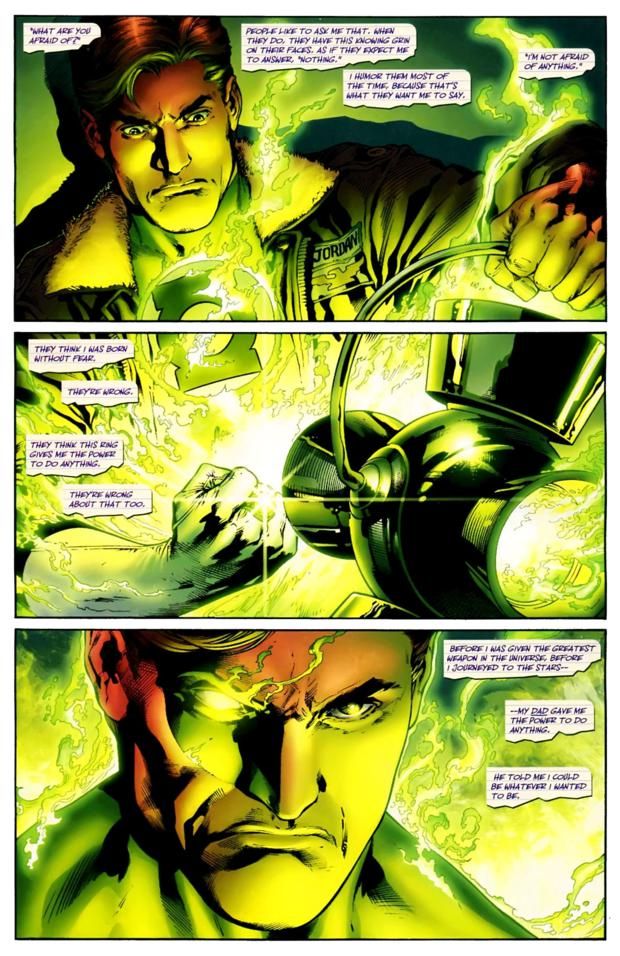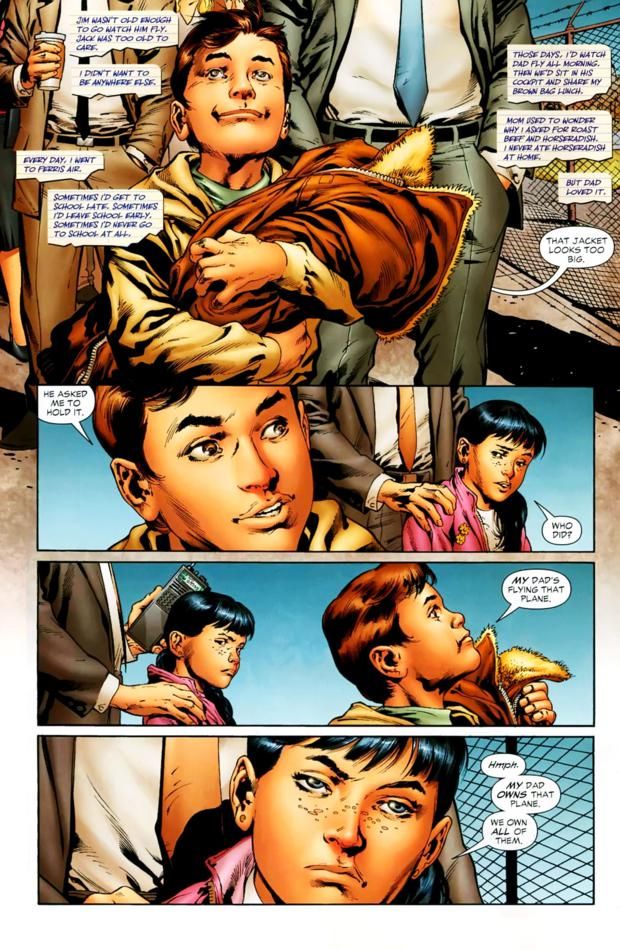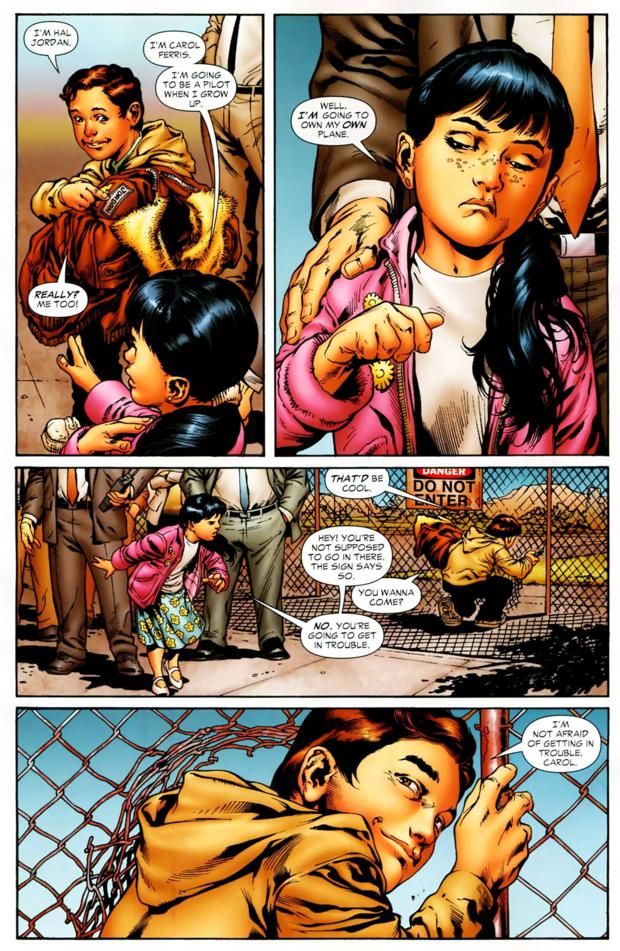You voted, now here are the results of your votes for your favorite comic book creator runs of all-time! We'll be revealing three runs a day for most of the month. Here is a master list of all of the runs revealed so far.
Here's the next three runs...
20. Keith Giffen and J.M. DeMatteis' Justice League – 474 points (8 first place votes)
Justice League #1-6, Justice League International #7-25, Justice League America #26-60, Justice League Europe #1-8, Justice League International Quarterly #1 plus some Annuals.
When life gives you lemons, make lemonade.
When DC gives you a Justice League book, but won't let you use almost any of the most popular heroes, you make due with the heroes you WERE allowed to use, and write them to the best of your ability.
That is what Keith Giffen and J.M. DeMatteis did with their run on Justice League, and the end result was one of DC's biggest hits of the late 1980s. Originally intended to be an "All-Star cast," due to various reboots and such, the only MAJOR hero available was Batman, although Captain Marvel was there in the beginning (and lasted one story before HE was taken away - Black Canary lasted about a year before SHE was taken away). The other heroes who were made available were low-level characters with their own titles that didn't sell a bunch (Blue Beetle, Booster Gold and Captain Atom), Mister Miracle (who hadn't appeared regularly in about a decade at the time), one fairly notable League member (Martian Manhunter) and a pretty popular Green Lantern, Guy Gardner, from Steve Englehart's popular Green Lantern Corps title.
Without the major heroes, Giffen and DeMatteis instead attempted to really develop the personalities of the heroes they WERE given, particularly once Beetle and Booster's series were each canceled, giving them free reign with how to write them. They also spotlighted the League liaison, Maxwell Lord, who formed the team for fairly nefarious reasons but soon turned out to be a good guy. Later on, due to a lack of female characters on the team (and notable female heroes available period) when Canary was taken from them, Giffen and DeMatteis added two obscure members of the Global Guardians who soon became stalwart members of the team, Fire and Ice.
The book is most known for the humor of the title, which was a major aspect of the book - it really was a situation comedy.
Here is the first usage of "Bwah Ha Ha" that shows what the comedy of the book was like...
Helping the writers in this journey was was Kevin Maguire, whose ability to depict facial expressions was extremely key to the early issues of the series, and Ty Templeton, while using a more cartoonish style, was an able successor. Adam Hughes was the next regular artist, in his first, and most likely LAST regular series.
19. Warren Ellis and John Cassaday's Planetary – 489 points (8 first place votes)
Planetary #1-27, plus a few crossover one-shots, most notably Batman/Planetary
"Archaeologists of the Impossible" is the tagline for the Planetary, and that's as good of an explanation as anything else, as Warren Ellis and book co-creator, artist John Cassaday, have developed a fascinating look at popular culture with this title that really is a bit of cultural archaeology.
The concept of the book is that there is an organization called Planetary, which employs agents to track the secret history of the world, partly for curiosity's sake, but partly to see if there's anything that could be learned to help mankind. The book begins with the mysterious Elijah Snow joining two other field agents, Jakita Wagner and The Drummer.
From then on, while there is an overarching storyline that deals with the villainous Four, the book mostly takes each issue to examine a notable popular culture character, like Zorro or Doc Savage or the Lone Ranger of the Fantastic Four or Nick Fury, and so forth. Through these characters (almost all analogues of the originals), Ellis examines the underpinnings of the very genre of superhero comics - notably, what is BEHIND superhero comics? What makes them tick? Stuff like that.
Here's their take on the Hulk...
It's quite engrossing, and Ellis is extremely lucky to have John Cassaday with him doing it all. John Cassaday was a good artist before Planetary began, but it was during his work on Planetary that he became a GREAT artist. The amount of different characters he has to create/emulate is amazing, and yet each issue is like a mini-epic, with beautiful design work and excellent character work, as well.
The series suffered a few delays over the years, but it was well worth it!
18. Geoff Johns’ Green Lantern – 498 points (11 first place votes)
Green Lantern: Rebirth #1-6, Green Lantern #1-67, Green Lantern #1-current (#13)
Geoff Johns had already done significant work with Hal Jordan before he took over the Green Lantern title. Johns was the fellow who had Hal Jordan become the new Spectre during the Day of Judgment crossover. However, a few years later, Johns was given the arduous task of not only redeeming Hal Jordan, but essentially "fixing" everything that had happened after Hal Jordan went nuts in the mid-1990s.
Johns introduced a twist on the Parallax idea by introducing the concept of Parallax as an independent being that possessed Hal Jordan and turned him evil. By the end of Rebirth, Hal Jordan was back as Green Lantern, as was John Stewart and Guy Gardner (Johns stripped away the "alien shapeshifter" aspect of Guy). Plus, Sinestro returned as a villain.
Johns then launched a brand-new Green Lantern series starring Hal and John.
Johns soon started what is likely the defining aspect of his Green Lantern run (well, unless "bringing Hal Jordan back from the dead" is what his defining aspect is - I guess it is a close call either way), which is the introduction of Sinestro having his own Corps of YELLOW light-based villains. This introduced the concept of the multi-colored corps, which persist to this day as a major aspect of the DC Universe (yellow for fear, red for anger, violet for love, blue for hope, indigo for folk rock, black for death, orange for avarice and white for life).
Johns also spent a lot of time developing Hal Jordan's back story, and in fact, his Secret Origin storyline with penciler Ivan Reis became must of what the film, Green Lantern, was based on...
Green Lantern later played a major role in the massive Blackest Night crossover (as the Black Lanterns spun out of the Green Lantern titles).
More recently, in the relaunched Green Lantern title, Sinestro was given a Green Lantern ring and the book became a bit of a buddy title for awhile spotlighting the tension of Sinestro and Hal being forced to work together against the secret machinations of the Guardians of the Universe, who are beginning to seem a lot more creepy than normal. Last month, Johns took Hal and Sinestro out of the title and introduced a brand-new Green Lantern, an Arab-American whose role in the upcoming Green Lantern crossover of "The Third Army" is still to be determined.
Johns has been blessed to work with a number of amazing artists during his time on Green Lantern. Ethan Van Sciver did Rebirth, Carlos Pacheco launched the new title with Johns (Van Sciver did some early issues, as well). Then Ivan Reis took over for a few years and the last few years has been drawn by Doug Mahnke.

